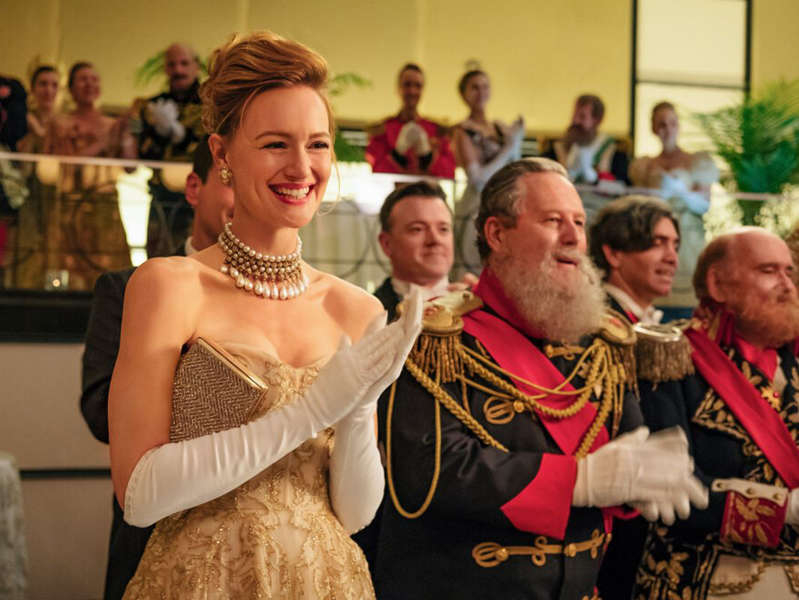
On August 9, False Dmitry I was crowned king as Tsar Dimitri Ivanovich. And although his reign did not last long, he achieved his goal of the throne. Impostors as a phenomenon have been known since ancient times. Usually, adventurers posing as crowned heads will have an unenviable end, but there is no rule without exception. Rambler remembered the luckiest among them.
Stefan Maly
The nationality of this adventurer remained unknown, he spoke French, Italian, Turkish, Serbo-Croatian. Having declared himself in Montenegro, which was under Turkish rule, he declared that he was the Russian emperor Peter III, who fled the country after the coup of Catherine II.
The impostor was able to unite the Montenegrin tribes in the fight against Turkish expansion, carried out reforms and even established diplomatic relations with Russia, despite the fact that Catherine sent General Dolgorukov to the country in order to expose the impostor.
It soon became clear, however, that he would be much more useful to Russia in its struggle against the Ottoman Empire if he remained on the throne of Montenegro. Dolgorukov, on behalf of Catherine II, recognized him as the ruler of the country. Stefan Maly became the most prominent ruler in the history of Montenegro. He survived several assassination attempts, paid for by the Turks, as a result he was crippled and blind. He died at the hands of a Greek bribed by a Turkish pasha, was buried with royal honors.
Ise Shinkuro
During the internecine wars (this period is called the era of the “warring provinces”), the Japanese commander seized the possessions of his overlord and became the ruler of the first province of Izu, and then of the province of Sagami. To ensure his legitimacy, he posed as the heir to the ancient powerful Hojo family, whose representatives ruled Japan in the 13th and 14th centuries. Later he married a girl from this family and so officially entered the family. He became the founder of the powerful house of Go-Hojo.
Marga Bodts
The most successful impostor, posing as Grand Duchess Olga, the eldest daughter of Nicholas II and Alexandra Feodorovna. She made her first attempt to declare herself before the war, but was arrested in France on charges of fraud and left the country after the trial. Later she categorically denied the French adventure.
In 1949, she again declared her royal origin. The woman explained that she was saved thanks to the fact that shortly before the execution she was replaced by an unnamed peasant woman who agreed to die instead of the princess. She, having changed into the clothes of a girl, was taken out by unknown officers-monarchists, first to Vladivostok, from there to China and later to Hamburg.
She really managed to convince some of the noble relatives of the Romanovs of the authenticity of her claims. The former Kaiser of Germany paid her eighty thousand gold rubles, his nephew Prince Sigismund believed until the end of his life that Marga was actually his cousin Princess Olga. He explained to reporters that she knows things that were known only to him and the Grand Duchess. Prince Nikolaus Friedrich Wilhelm of Oldenburg paid her a pension until his death. Marga refused to meet with journalists and did not support other impostors posing as Romanov children, furiously accusing them of deception.
The most popular memes and jokes of the 2021 Olympics
UN warned of irreversible catastrophe
Why linguists don't say good day

